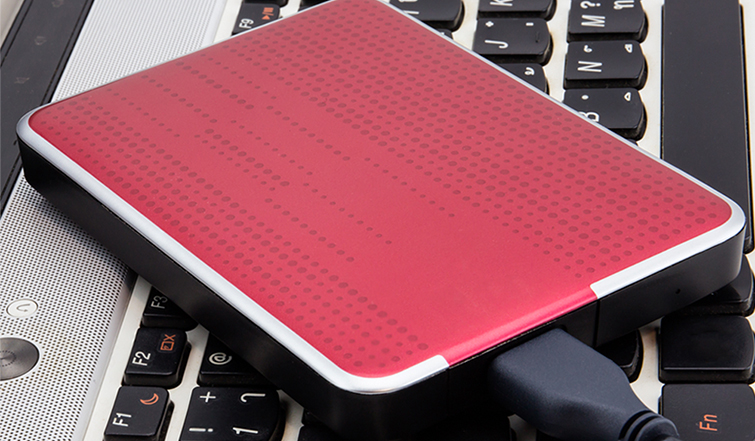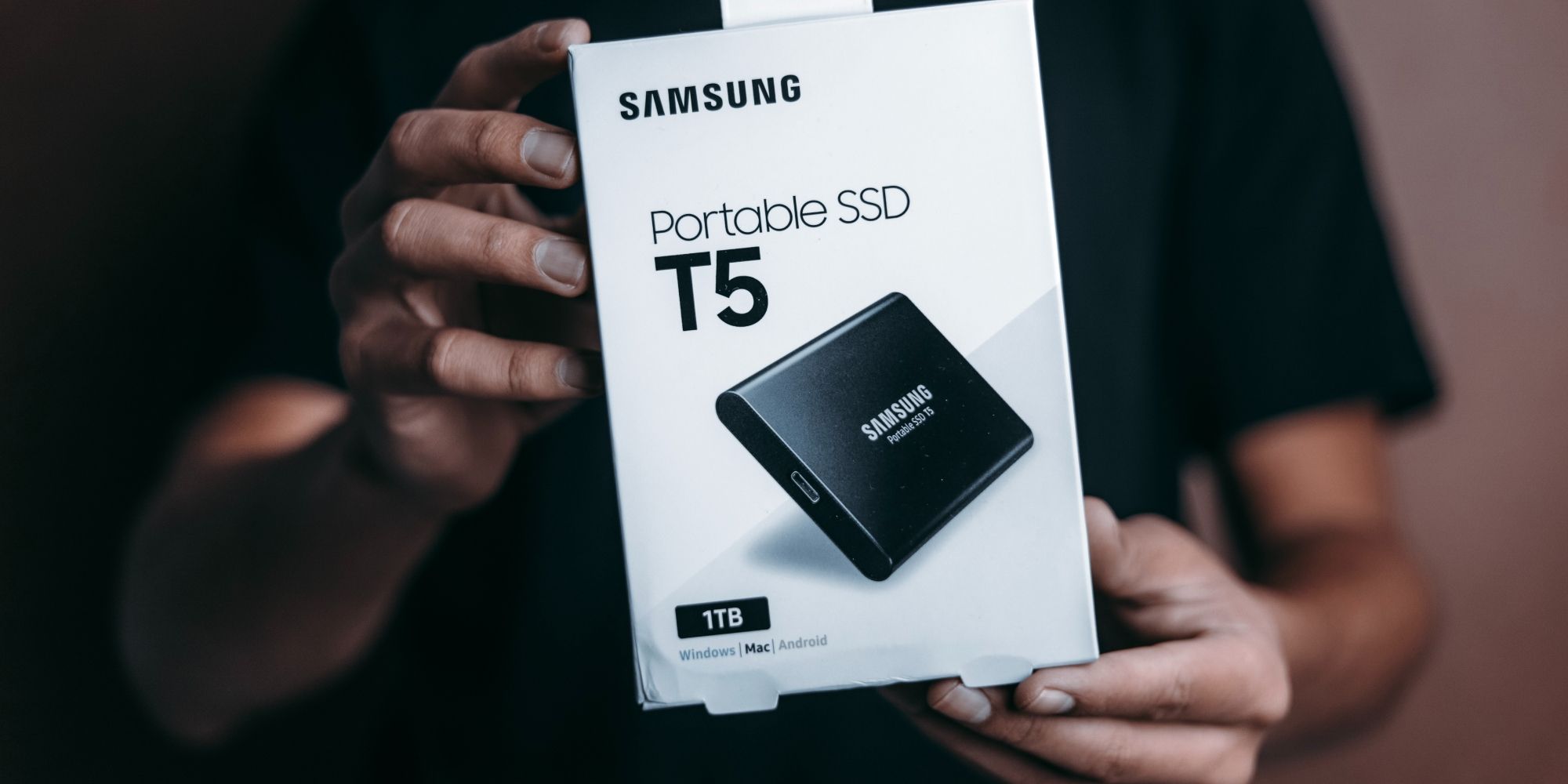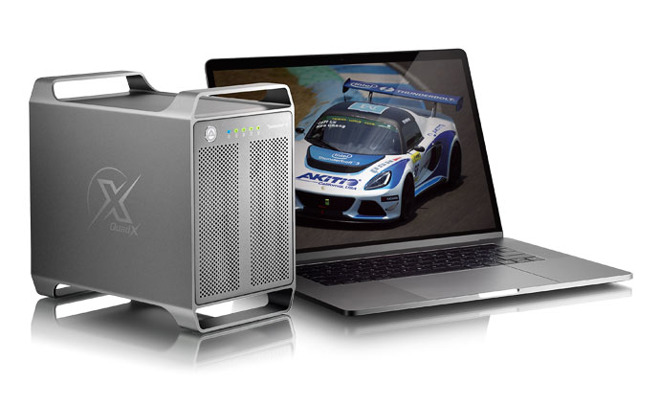

- EXTERNAL HARD DRIVES FOR MAC VIDEO MAC OS
- EXTERNAL HARD DRIVES FOR MAC VIDEO ARCHIVE
- EXTERNAL HARD DRIVES FOR MAC VIDEO WINDOWS
EXTERNAL HARD DRIVES FOR MAC VIDEO MAC OS
There are actually a few subcategories in the Mac OS Extended family, which can be selected when formatting a drive in Mac’s Disk Utility.

EXTERNAL HARD DRIVES FOR MAC VIDEO WINDOWS
It’s an ideal format for photographers who need only to access their images and video files on a computer running the Mac operating system because HFS+ isn’t readable by Windows machines. Built to replace the original Hierarchical File System (HFS) more than 20 years ago, HFS+ is better known by a different name: Mac OS Extended. So, if you need more workflow versatility than this one-way transfer allows, consider another format such as APFS for Mac-first applications or exFAT for true interchangeability. If you want to be able to transfer files to a Mac, NTFS can accomplish that too-but with one caveat: files can’t be written or deleted when the drive is connected to a Mac. NTFS has long been the default Windows file format, which makes it an incredibly useful choice if your primary machine runs any Windows operating system. Unless your new hard drive was factory formatted for use with a Mac, it’s likely formatted NTFS. Here’s help to choose the right hard drive format whether you use a Windows PC, a Mac or both.
EXTERNAL HARD DRIVES FOR MAC VIDEO ARCHIVE
Whether you’ll be using it to back up photos for travel, shuttle video files from machine to machine or archive files for the long term, the format you choose for the disk makes a big difference. If there are any, First Aid will fix them and macOS should then mount the disk without any further hassle.There are several factors to consider when it comes time to format an external hard drive. Running First Aid on an external disk is a useful way to make sure the format or file structure doesn’t contain any faults or issues.

By default, it doesn’t display much and the setting to not show external disks may be enabled. Use a USB power cable if you suspect this to be the issue.ĭepending on what you find here, you can troubleshoot either the drive or your Mac.įirst, make sure Finder will display drive icons. A USB cable carries 5V and if this is the sole power source for the drive, it may not be enough. Check that the drive is receiving enough power.Make sure your drive doesn’t have or use a power-saving or sleep function.Try attaching the external drive to another computer to see if it works on that one to rule out damage to the drive itself.Some imported drives come completely empty, and while macOS should detect and offer to format them, it doesn’t always work. Make sure the drive has been formatted.Reboot your Mac to see if it was an open program or app stopping the drive from being detected.Try a different wall outlet if there is one nearby.Change the hard drive power cable if you have a spare.Check the condition of the cable and swap it if you have a spare.Check that the external hard drive has power if it needs it.Check that the cable from the hard drive to your Mac is connected properly.

After all, no one wants to waste half a day because they didn’t realize something just wasn’t plugged in properly. Get into the habit of doing this with any computer issues, as it can save time, money, and hassle in the long run.


 0 kommentar(er)
0 kommentar(er)
